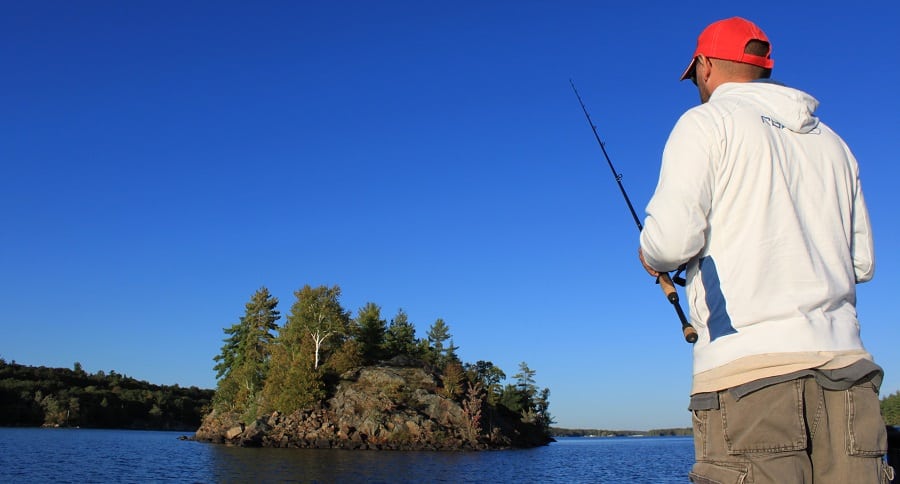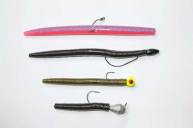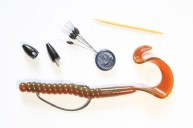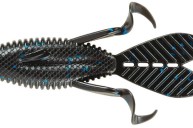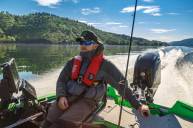Don't toss in the fishing towel the next time a cold front hits.
A term most anglers dread hearing about is the dastardly cold front. Fishing after one of these weather phenomenons has hit can be one heck of a tough task, but fish will bite if you know how to find and tempt them.
So what exactly is a cold front? According to Wikipedia, a cold front is the leading edge of a cooler mass of air, replacing at ground level a warmer mass of air, which lies within a fairly sharp surface trough of low pressure.
Fishing prior to when a cold front approaches can be fruitful, as bass, walleye and pike will be feeding feverishly, bingeing on prey in preparation of a day or two of leaner times that lie ahead.
Once a cold front has moved through, the signs aren't hard to miss. You'll notice a significant chill in the air temperature, bright bluebird skies and a tell-tale drop in water temperature. Not always the case, but a strong wind will often be blowing.
Is it tough fishing? You bet. But it's certainly not impossible.
Here's six timely tips on how best to tempt those post-cold-front fish.
Go deep
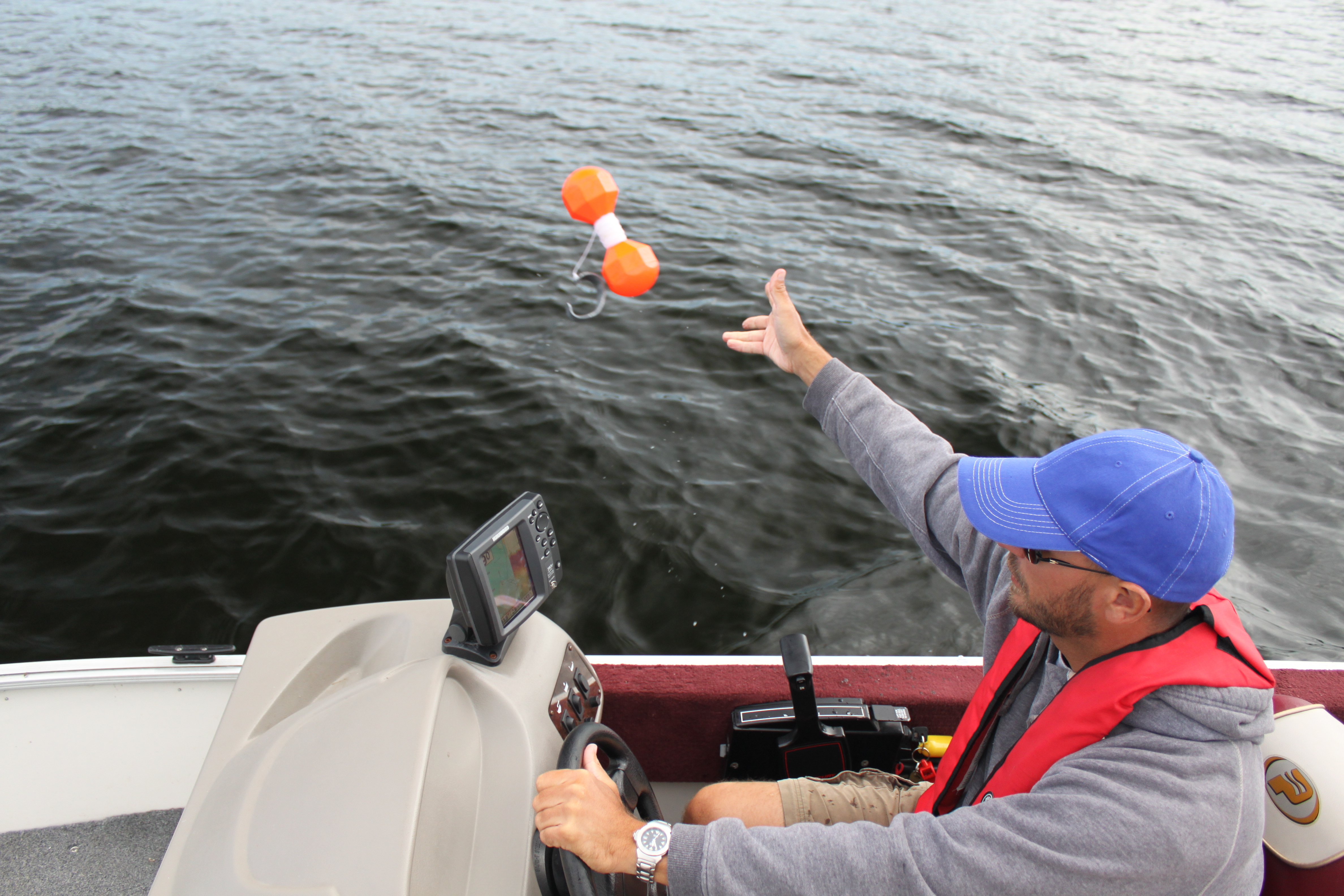
It doesn't matter if you are bass fishing, casting for walleye, or targeting panfish, all of our favorite game fish will abandon cooler shallow water haunts and move out to deeper locations. Cold fronts have less of an affect on the temperature of deep water, making conditions more favorable for fish to gravitate to.
Poke around the first deep weedline you find as you work out from shallow water. The thicker the vegetation, the better. Off-shore humps, secondary points, deep-water ledges and transition zones adjacent to the shallows are all key areas to target once a cold front has passed.
Utilize your on-board electronics, both to locate deep-water hot spots and find sulking fish. Marker buoys can help keep you on spots.
Think structure
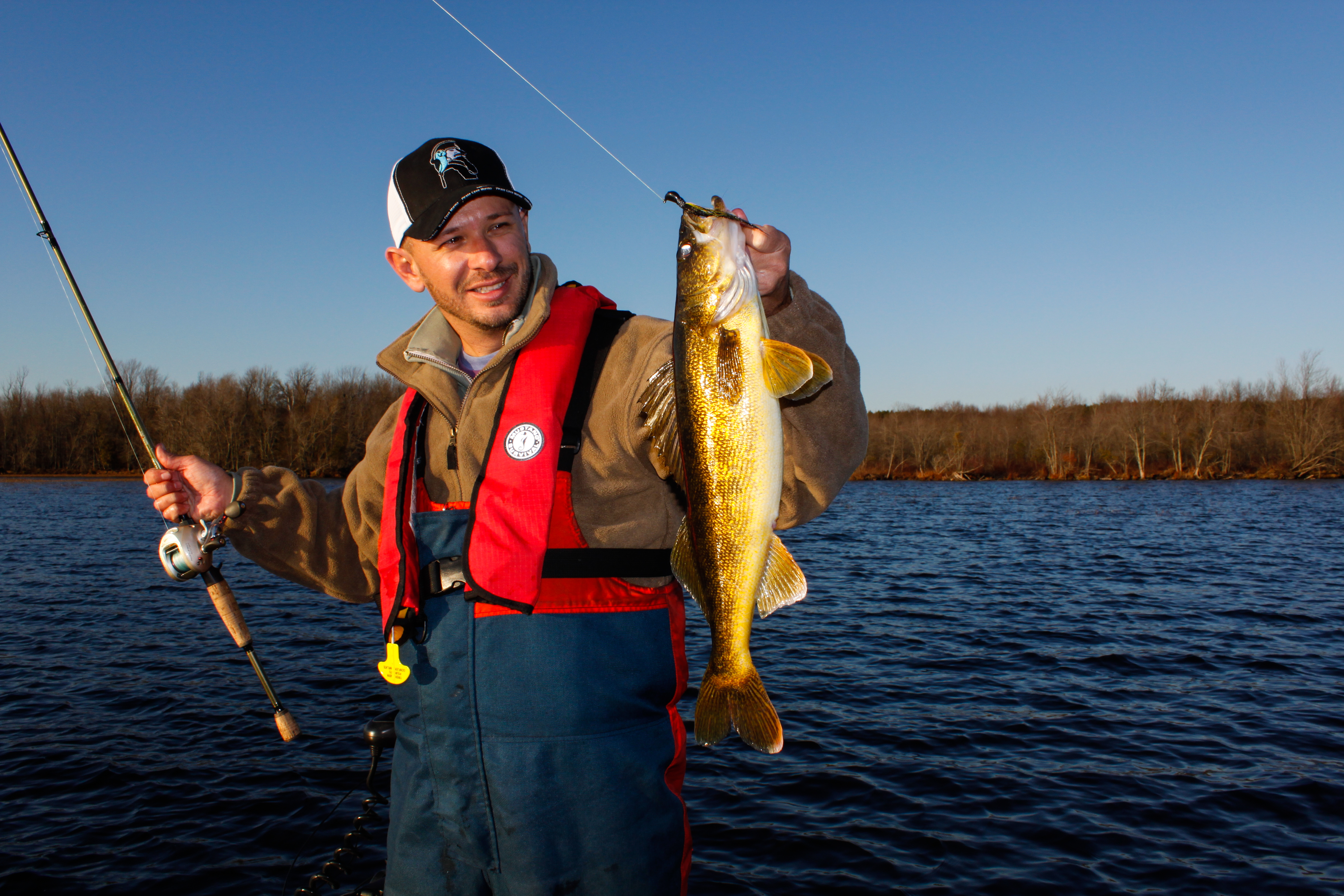
Fish will often position themselves in or adjacent to structured areas once a cold front has passed. Key locations are brush piles, rocks and logs, as well as deep docks or bridge pilings.
Pitch downsized baits around this cover, working slowly and methodically. Slow-sinking, soft-plastic baits will often be the key to getting bites.
Don't overlook bucktail jigs, both for bass and walleye. They're a definite favorite of mine, as illustrated in the image above.
Lighten up your line
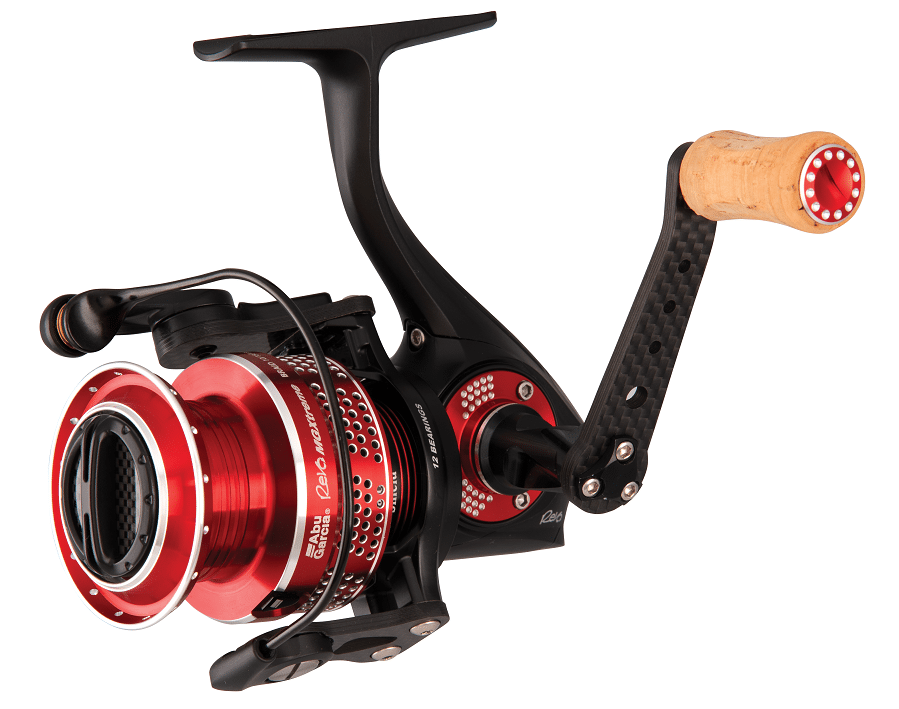
Fish can become particular sensitive to heavy line during post-cold front conditions, shying away from braid or heavy monofilament. Heavy line will also inhibit your lure to be as natural and unassuming as possible.
Use the lightest line you can get away with in terms of the fish species you're targeting or conditions you're facing. Light fluorocarbon leaders are an excellent choice for fooling even the most line-wary bass or walleye.
Light line will also allow your bait to appear more natural, which is the ultimate goal when working post-frontal conditions.
Spinning reels reign supreme after a cold front has passed.
Finesse for more fish
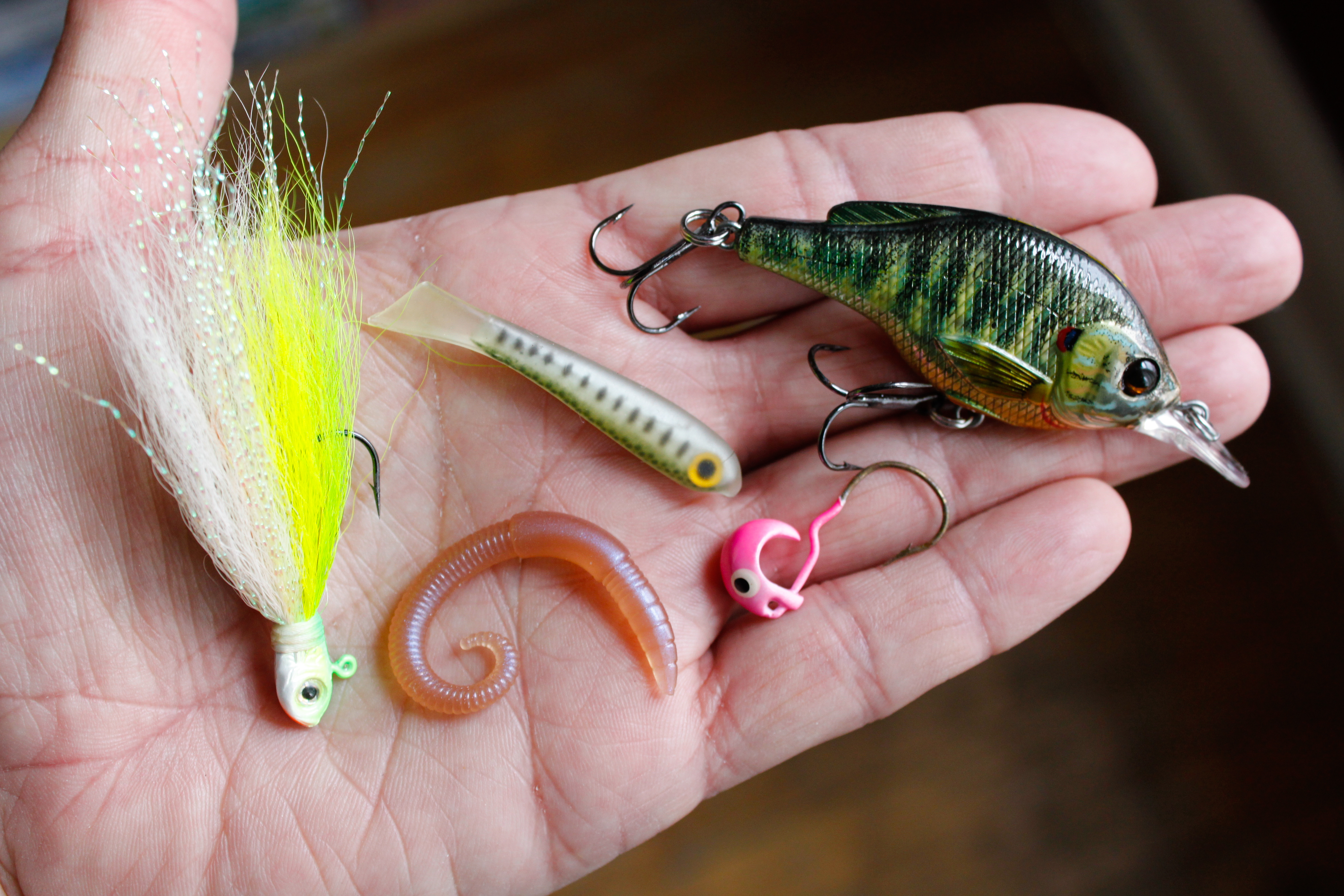
Cold fronts require you to downsize your offering to tease fish into biting, which is why finesse baits work best. Small plastic baits or micro crankbaits get the nod for tempting finicky fish to strike.
If you're fishing for largemouth bass, turn to drop-shots, Carolina rigs and shaky heads coupled with micro versions of creature baits. Other tried-and-true soft plastics should also get the job done.
Downsized crankbaits or jerkbaits, especially those that suspend, are worthy of getting wet as well.
Keep in mind, though, the strike zone of a fish will be smaller, and bass tend not to exert a great deal of movement during post-frontal conditions. Vertical presentations are often your best bet when the water temperatures chill.
Turn to live bait
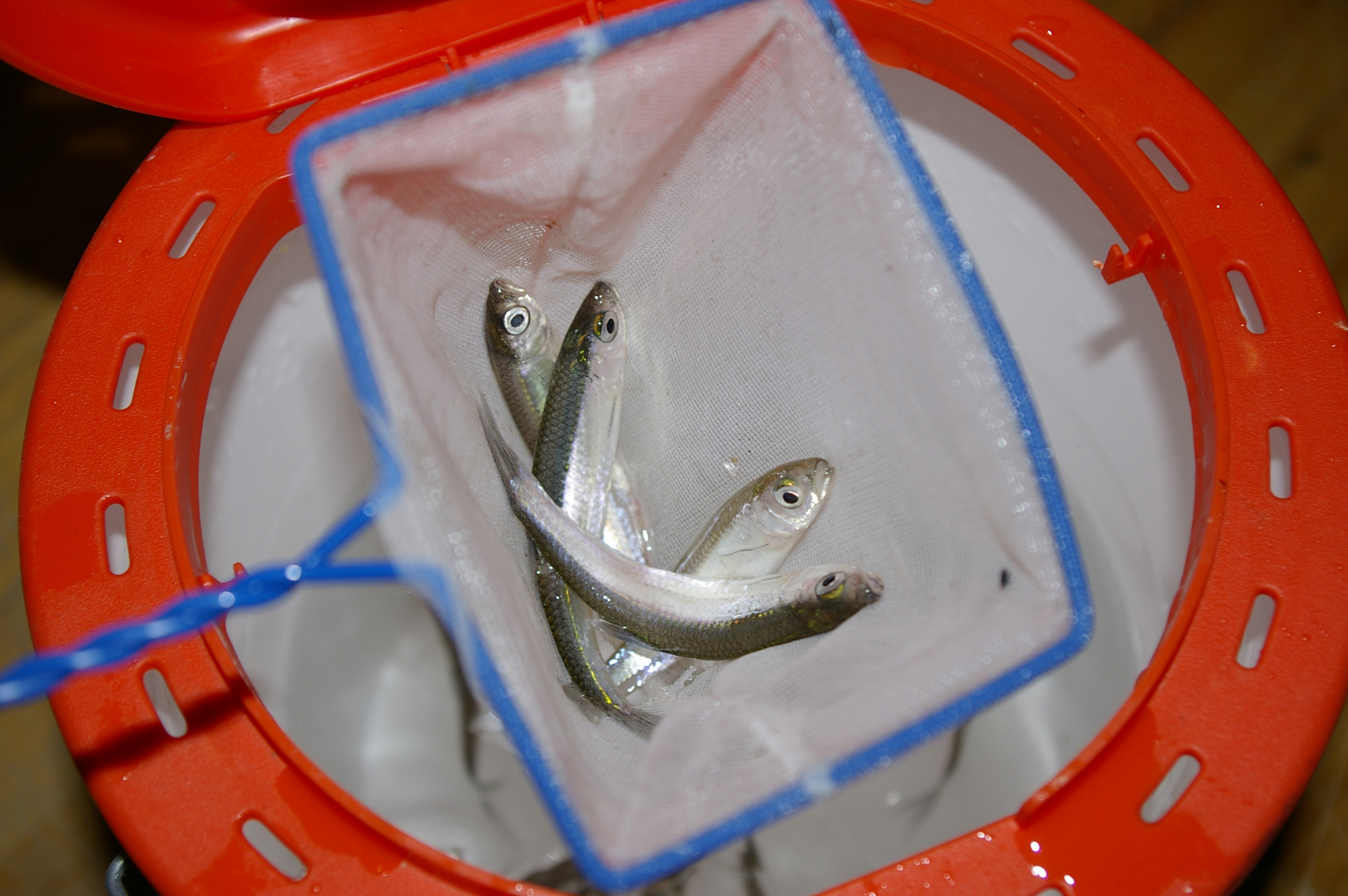
There's nothing more natural than live bait when it comes to fooling the most finicky of fish. Minnows, worms, leeches and crawfish are all excellent choices, and they excel when artificial baits fail.
Fish live bait on light line and thin-wire hooks. Depending on how deep the fish are, suspend your offering under a slip float or a drag (with a slip sinker and floating jig head) just off the bottom.
Scent it up
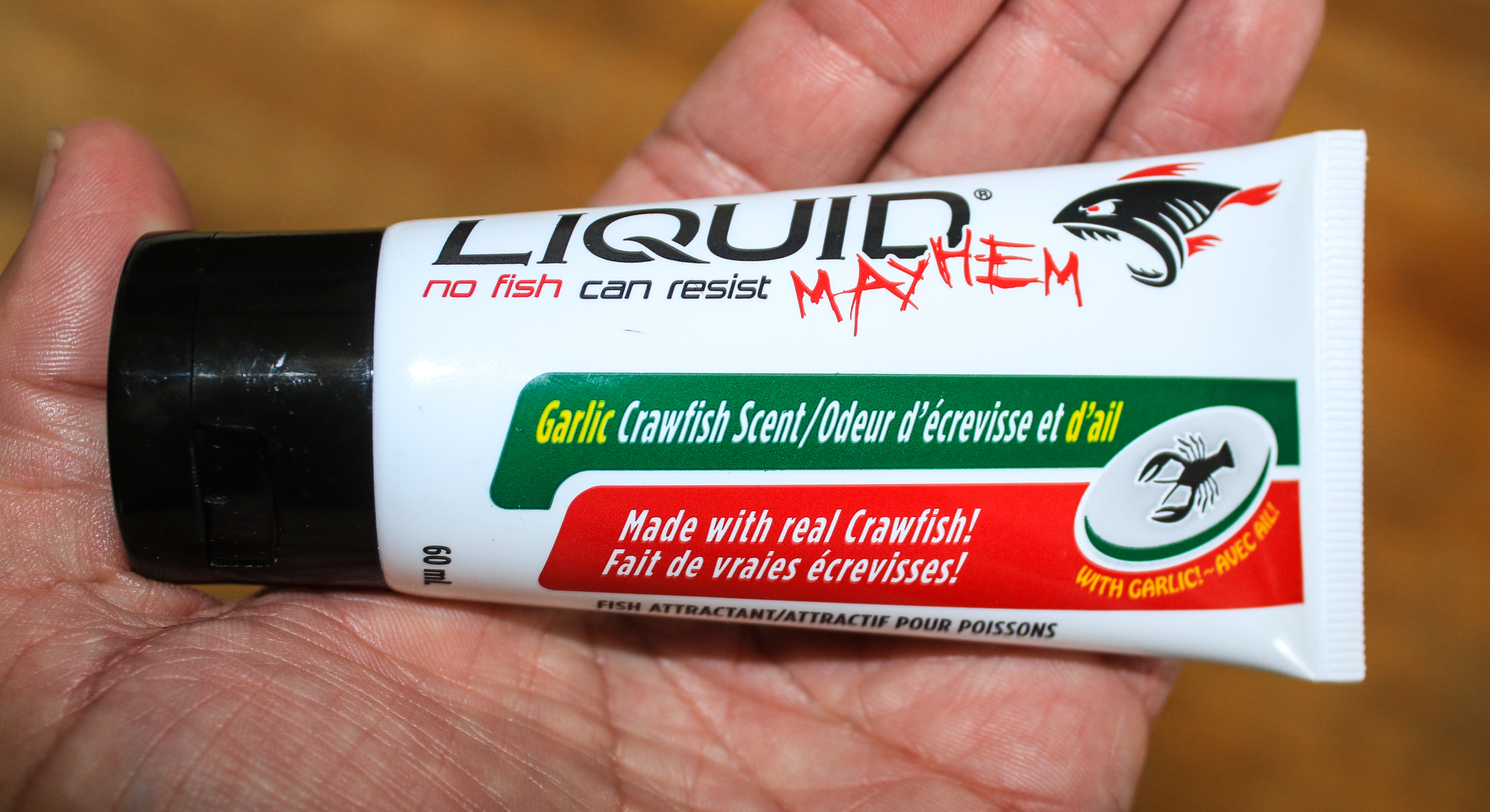
If live bait isn't doable, ensure your artificial lures receive a healthy dollop or spray of fish scent. Post-frontal fish will inspect baits with more scrutiny, so if your offering doesn't smell or taste real, chances are they'll turn their nose up at it.
I've been using Liquid Mayhem scent for a number of years now, and I can say with conviction that this stuff really works.
For bass fishing, I like the Nightcrawler or garlic crawfish scent.
Don't let a cold front keep you off the lake this season. It may be more challenging, but you'll get bit if you follow these six fishing tips I've outlined above.
Good luck on bagging a big one!
Images Courtesy of Justin Hoffman
Did you enjoy this post? CLICK HERE to view more article by Justin Hoffman. You can also check out his Photography Site Justin Hoffman Outdoors, as well as follow him on Facebook Justin Hoffman Outdoors, Instagram hoffmanoutdoors, Twitter @HoffmanOutdoors, or subscribe to his YouTube channel Justin Hoffman.
NEXT: 4 PROVEN BAITS FOR BETTER FALL BASS FISHING
